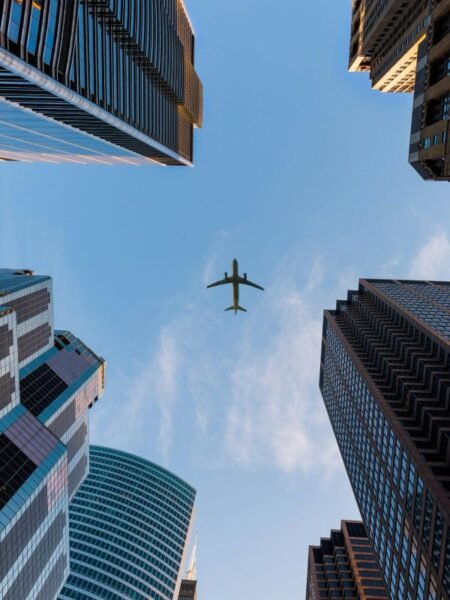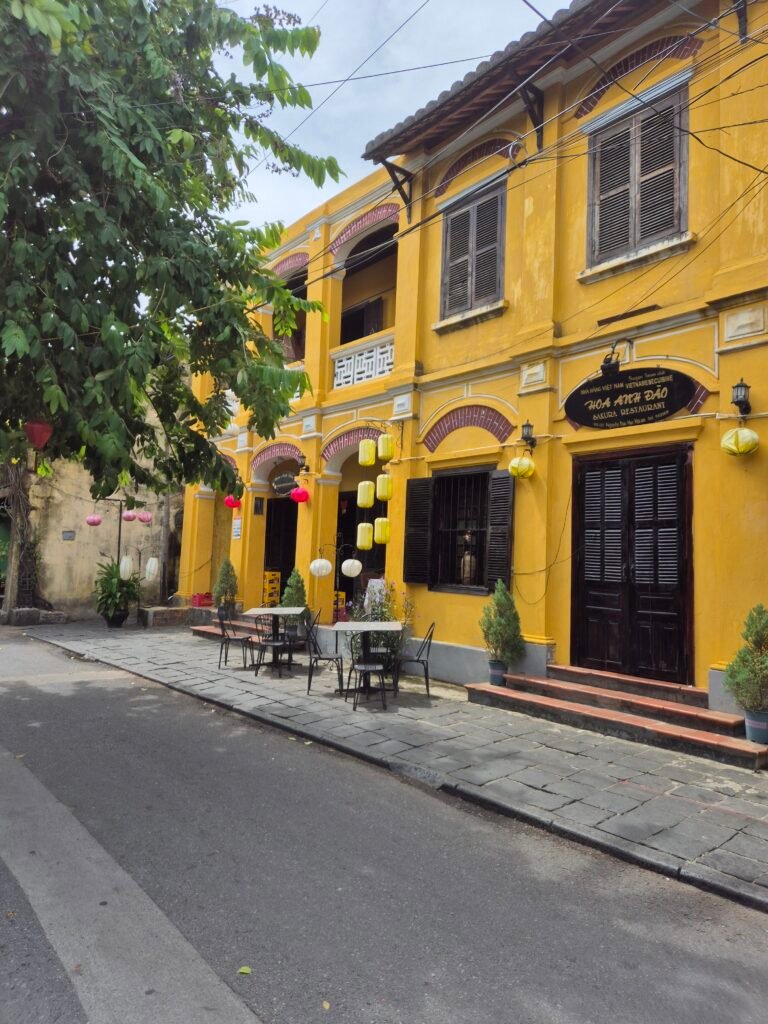VIETNAM
NEED TO KNOW BASICS

Safety
Vietnam is generally a safe destination for travelers, with friendly locals and a low crime rate. However, like any country, it’s important to stay cautious. Petty theft, such as pickpocketing and bag snatching, can occur in busy tourist areas, so keep your valuables secure. I absolutely love this anti-theft RFID travel backpack. It’s small enough for daily use but still has space for a laptop. When crossing the road, be mindful of the chaotic traffic—motorbikes rarely stop, so move slowly and predictably. I have found that following locals and other tourists when crossing the road helps. If you are in major cities, it is advisable to take a Grab car or join a tour to sights as it is not very walkable. Scams targeting tourists, such as inflated taxi fares or fake tour operators, can happen, so use reputable services. I use the Grab app for local rides (paying cash) and Booking.com for airport and longer distance land transfers if I am not booking through the hotel. I book tours/activities through Booking.com, Klook or Get your guide if I am not booking through the hotel. Overall, Vietnam is a welcoming and safe place to explore, especially with a little awareness and preparation.
Weather
Vietnam’s weather varies greatly from north to south due to its long, narrow shape. The north (Hanoi region) experiences four distinct seasons, with chilly winters (December–February) and hot, humid summers (June–August). Central Vietnam (Danang/Hoi An region) has a tropical monsoon climate, bringing heavy rains from September to December, while the south (Ho Chi Minh City region) enjoys a warm, tropical climate year-round, with a dry season (November–April) and a wet season (May–October). Typhoons can affect coastal regions between June and November. No matter when you visit, Vietnam offers diverse landscapes and experiences suited to every season.


Visa requirements
As of 2025, both Australian and American travelers are required to obtain a visa prior to entering Vietnam. The Vietnamese government offers a convenient e-visa system, allowing eligible visitors to apply online for a 90-day single or multiple-entry visa. Ensure you don’t leave this to the last minute as it takes time for processing. Applicants must ensure their passports are valid for at least six months beyond their intended departure date and have at least two blank visa pages. It’s essential to apply through the official Vietnamese Immigration Department’s website to avoid potential scams or errors. Travelers should also verify all personal information during the application process to prevent issues upon arrival. For the most current information and application procedures, refer to the official Vietnamese government websites or consult the nearest Vietnamese embassy or consulate. As an Australian, I always check the Australian Government’s Smart Traveller website for latest information on visa and other entry/exit requirements and safety information. This website also provides accurate website links for visa application.
Transport
Getting around Vietnam is an adventure in itself, with a variety of transport options to suit every traveler. Motorbikes are the most common mode of transport, and renting one can be a great way to explore, though traffic can be chaotic, especially in cities like Hanoi and Ho Chi Minh City. Buses and trains offer affordable long-distance travel, with sleeper buses and the scenic Reunification Express train being popular choices. For convenience, domestic flights connect major cities and tourist destinations. Taxis and ride-hailing apps like Grab provide easy urban transport, but always confirm fares or use the app to avoid overcharging. Ho Chi Minh City has also launched its first metro line, offering a modern and efficient way to navigate the city, with more lines planned for the future. Being a third age solo female traveler myself with safety requirement top of mind, I prefer flights between major cities, Grab app for local car rides (not motorbikes!), Booking.com for airport pickups and longer distance car transfers if I don’t book through the hotel, taxis to airports booked through the hotel. The new HCMC metro is fantastic but only one line is available at the moment but it does pass through popular accomodation areas of Binh Thanh and District 2 terminating in District 1 with stations at the Opera House and Ben Thanh Market.


Language
Vietnamese is the official language of Vietnam, and while English is increasingly spoken in major cities and tourist areas, it’s less common in rural regions and areas outside of major cities. Learning a few basic Vietnamese phrases, such as “xin chào” (hello) and “cảm ơn” (thank you), can go a long way in connecting with locals. Signs and menus in tourist areas often have English translations or pictures that you can point to, but outside these areas, a translation app like Google Translate can be helpful. It is a good idea to research popular vietnamese food in advance so that you know what you are ordering as you may not get a detailed explanation! The Vietnamese language uses a Romanized script, making it easier to read than other Asian languages, though pronunciation can be challenging due to its six tones. Again Google Translate can help with intonation of the words if you wish to learn. Despite any language barriers, I have found the Vietnamese locals to be generally friendly, patient and welcoming with travelers.
Travel apps and services
Having the right travel apps can make your trip to Vietnam smoother and more enjoyable. Grab is essential for safe and affordable rides, as it functions like Uber. Grab is also the go to app for best local restaurants and food delivery in Vietnam. For navigation, Google Maps help with directions, even offline. If you need translation assistance, Google Translate is invaluable as it has written and spoken translations. The camera function in Google Translate will translate any label or image and this is very useful for menus and grocery shopping. To manage currency exchange, XE Currency provides real-time rates. Booking.com is great for finding hotels (unless you use Hotel loyalty programs), flights, activities, airport shuttle and land transfers (pro tip: the airport shuttle tab can be used to arrange land transfers eg. from an airbnb to a hotel). Using Booking.com often will raise you to higher Genius (their loyalty program) levels for more discounts and benefits. Klook and Get your guide are good for activities. Other than these apps, I subscribe to Airalo for e-sim services as it is convenient to have internet as soon as I land in a new country (best to check if your mobile is e-sim capable).

Vietnam Posts
Hoi An Solo Travel Guide – A Slow Journey Through My Eyes
Quick Take: Hoi An Solo Travel GuideThis Hoi An solo travel guide shares my slow journey through hidden gems, safe…
Vietnam Slow Travel: The Perfect Itinerary for First-Time Visitors
Vietnam itinerary for solo female slow travelers Vietnam is a dream destination for third-age solo female travelers looking for a…
A Food Lover’s Guide to Vietnamese cuisine
Vietnam is a paradise for food lovers, offering a vibrant culinary scene filled with fresh ingredients, bold flavors, and centuries-old…
Join the MGN travel tribe
Be part of the Third Age solo travel revolution and receive exclusive travel tips, updates, and more customised to your needs!



